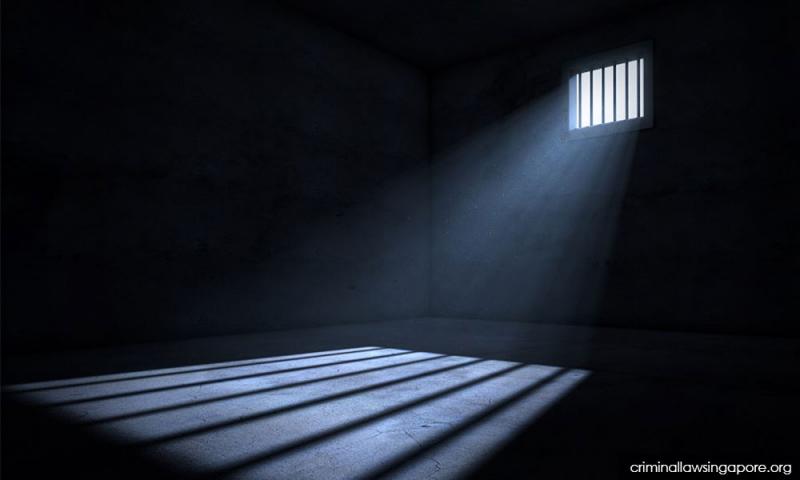LETTER | Identify and protect victims of terrorism trafficking
LETTER | The proliferation and diverse nature of human trafficking has transcended beyond the boundaries of labour and sex exploitation and has become increasingly attractive to non-state armed groups, notably terrorist entities.
It is also one of the most profitable criminal enterprises, attracting both small local groups and international networks.
Terrorist groups such as the Islamic State group in Iraq and the Levant (ISIL also known as Da’esh), Boko Haram, Al-Shabaab, and the Lord’s Resistance Army (LRA) often employ methods of trafficking in its recruitment process.
According to reports, these groups are involved in money laundering, enslavement of women, forced recruitment, child trafficking, indoctrination of men and boys, forced soldering, and forced suicide bombing.
Individuals who are being trafficked by terrorist groups are sometimes referred to as victims of terror trafficking.
Terrorist groups continue to exploit people using the RCE method - Recruit, Control, Exploit - and can reap lucrative profits to sustain their activities.
The Islamic State, for example, has been exploiting and recruiting women for three R’s: Recruit, Reward, and Retain.
Women recruited by the Islamic State or called the “jihadi brides” often think they will be helping with front-line duties but are in reality being used to satisfy the sexual desire of the male fighters.
According to the United Nations Protocol to Prevent, Suppress, and Punish Trafficking in Persons Especially Women 2000 and the Malaysian Anti-Trafficking in Persons and Anti-Smuggling of Migrants Act 2007, people who are trafficked for sex, labour, organs, or any slavery-like practices including scam related activities are considered victims of trafficking and would be eligible to state protection.
However, being trafficked for combat, suicide bombing, ‘jihadi brides’, or terrorist-related activities remain unsettled and unidentified.
This may be attributed to the lack of understanding of trafficking itself and the fear of terrorist attacks which are highly traumatic and devastating.
There is also a presumption that people’s involvement in these activities is voluntary and the fact that people can be trafficked and exploited by a terrorist organisation seems incomprehensible.
Although numerous studies have demonstrated the interlink between human trafficking and terrorism, the two phenomena continue to be treated separately.
In Malaysia, those who manage to escape from terrorist-controlled territories can be arrested by the authorities and charged in a court of law for terrorism offences under section 130JA of the Penal Code.
In other words, we can derive that this group of individuals are the ‘unforgiven victims’ who are not eligible for state protection due to their involvement with terrorist groups or related activities.
Based on these concerns, the United Nations and human rights activists argue that victims of trafficking by terrorist groups deserve to be protected by the state and should not be criminalised.
Therefore, it becomes imperative for state authorities to investigate the background of all individuals to identify if they have been trafficked for terrorism.
In doing so, the law enforcement counter-terrorism units need to coordinate and cooperate with anti-trafficking units to effectively identify victims of terror trafficking and accord them with state protection.
The views expressed here are those of the author/contributor and do not necessarily represent the views of Malaysiakini.
RM12.50 / month
- Unlimited access to award-winning journalism
- Comment and share your opinions on all our articles
- Gift interesting stories to your friends
- Tax deductable
